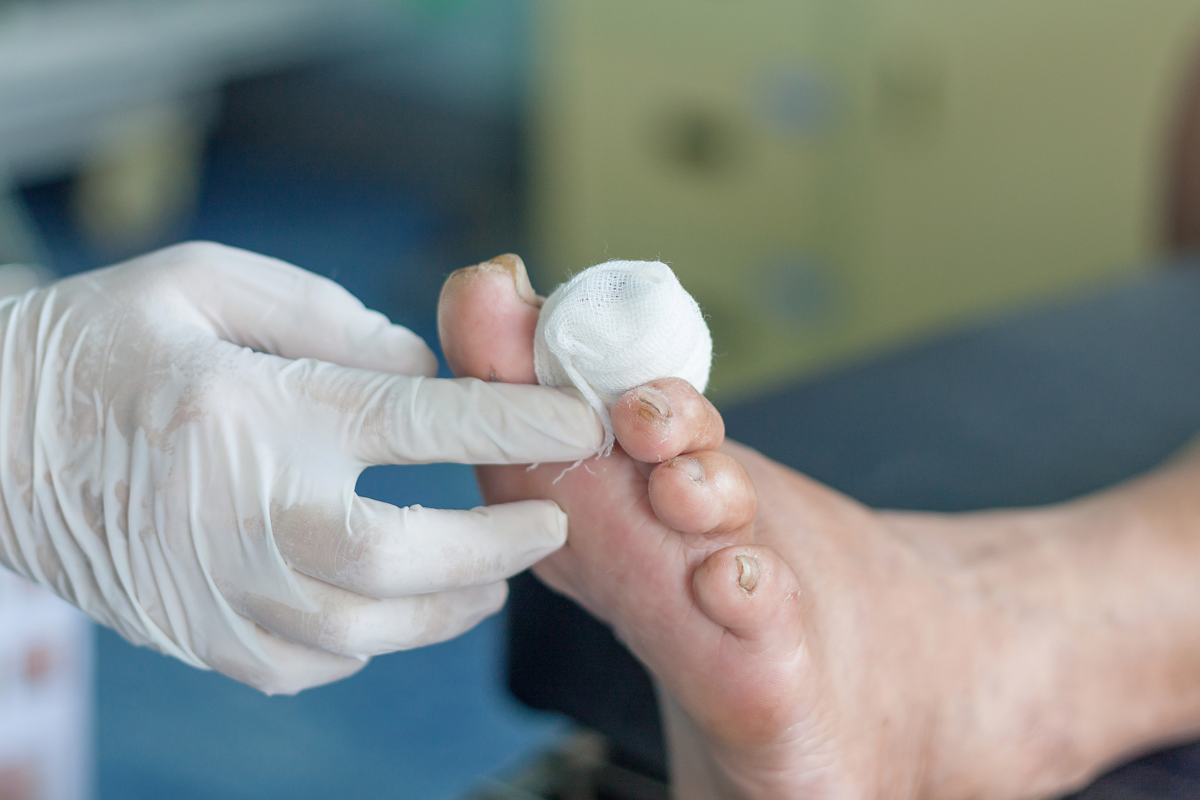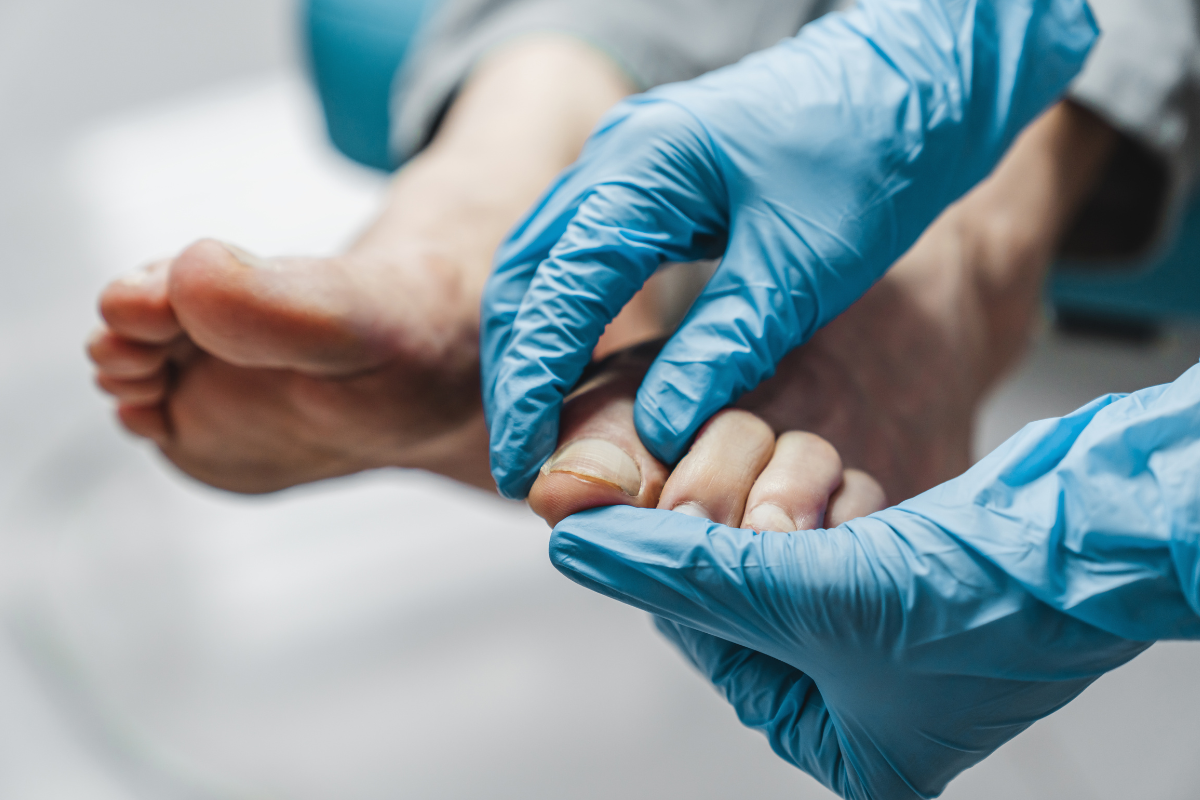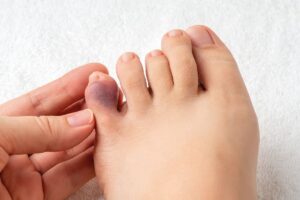Maintaining blood sugar levels within the therapeutic window set by your physician might be difficult. That’s because fluctuations in blood sugar can be caused by a wide variety of factors, some of which may come as a complete surprise to you. But managing blood sugar levels is more complicated when you are already diagnosed with diabetes.
One of the most challenging aspects of being diabetic, alongside the overwhelming symptoms and lifestyle adjustments, is managing wounds. In this article, we’ll give you some tips proper wound care for diabetics. Read on for more details.
Diabetic Wound Treatment
People with diabetes must pay close attention to any cuts or scrapes. Even though it may take a while for a wound to close, it is not typical for it to be exposed for more than a week or two. Absolutely vital is that they do not worsen, spread, leak, or become excruciating.
Although not every sore or cut will get infected, people should still take precautions. The first step in healing a wound is to disinfect it and bandage it every day.
People with diabetes may benefit from walking around with shoes and socks on, especially if an injury has occurred. Infection is more likely to happen if you go about barefoot.
If a diabetic person gets a foot wound and it does not heal, medical attention should be sought. Additionally, antibiotics are typically prescribed to treat infections, and hospitalization may be necessary for serious wounds.
Foot Wound Care for Diabetic People
The goal of treating a diabetic foot wound is to encourage the growth of new skin by maintaining a healthy environment within the lesion. It is important to remember that the wound usually has to be kept mildly wet.
A stronger absorptive dressing may be necessary, however, if the wound gets overly wet from internal drainage. Moreover, wounds should be cleaned with saline and treated with a topical gel or antibiotic ointment once a day, as directed by your doctor.
Thus, wounds that are coated in fibrous, yellow debris, similar to a burn wound, can be treated with particular ointments. Some of these ointments include topical antimicrobial ointments or lotions. Lastly, wrapping the wound with clean gauze after washing and applying ointment is recommended.

Prevention is Always Better
An obvious first line of defense is to take measures to avoid getting hurt. Keep in mind that you should never go barefoot anywhere, including your own house, and that you should always wear shoes that fit properly.
To avoid serious damage, it’s best to get even minor foot problems taken care of by a podiatrist. Do not attempt to treat warts or calluses on your own. Commercial remedies found in pharmacies may look appealing, but they can burn the skin and cause permanent damage to your foot if you use them.
If you try to remove a callus or wart with a razor blade or other object, you run the risk of seriously injuring yourself. See a podiatrist if you have any foot problems including calluses, warts, or corns.
Additionally, you can use a pumice stone to manage a callus if you see it forming. You can use it while your skin is damp, and follow up with lotion right away.
Takeaways
Self-care goes a long way toward avoiding diabetic wounds, but if you do get one, it’s preferable to seek medical attention as quickly as possible.
Keep in mind that any cut, scrape, or abrasion, no matter how minor, need your immediate attention since it can quickly grow infected and require amputation if left untreated.





